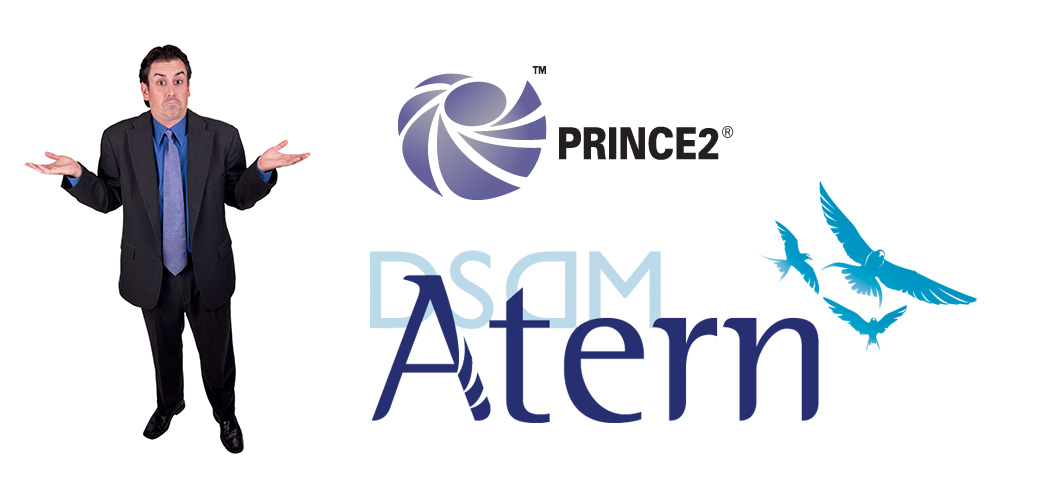Dorothy Tudor, Technical Director at TCC – a leading Agile training and consultancy company, explores the elements of project development with specific reference to DSDM Atern, the UK’s foremost Agile approach. The factors which make success more likely in an Agile project are uncovered and guidance is given on steps to successful implementation.
Projects need to deliver results. They need to do this reliably, predictably, and usually within a tightly-constrained budget, whilst delivering the benefits for which the project was initiated. Public sector organisations will use PRINCE2 as a standard framework for governance and reporting within projects. However, projects can gain great benefit from using an Agile approach within the PRINCE2 framework.
What is Agile?
An Agile approach is one which delivers business-focused results incrementally, visibly and effectively. The focus is on getting something of business value “out there” as early as possible, and then on delivering further features regularly. This is achieved by involving customers and users as active members of the project team. The approach relies on ‘chunking’: on breaking the project down into small, cohesive portions and planning the development and delivery of features incrementally in short timeboxes. This also involves dividing the project personnel into small multi-skilled teams. It is crucial to get the right people involved and establish commitment, throughout the project, of people with the appropriate skills, knowledge and empowerment. Agile works through business-driven prioritisation of features and by the use of specific techniques, such as workshops and retrospectives to promote effective, speedy communication.
The Components of an Agile Approach
For our detailed analysis of the Agile approach, we use DSDM Atern, the best-documented and most rigorous of the Agile approaches worldwide. It is the result of the active evolution of an Agile framework and techniques over more than a decade, incorporating project experiences and adapting to a changing organisational environment.
DSDM Atern takes a prioritised approach to the delivery of benefits: doing what can be done within time and budget, without compromising quality. It enables flexibility of working practice to allow the development team to adapt and learn. It also keeps management informed by striving for visibility of plan, progress and product throughout the project. All of this is achieved whilst retaining a framework with sufficient rigour and control to keep the focus on what is really required. DSDM Atern dovetails with the PRINCE2 processes and roles to deliver effectively in a changing environment.
DSDM Atern uses:
- modelling techniques to make ideas visible to aid communication;
- prototyping and iterative development to illustrate and evolve solutions;
- firm project control using timeboxing and a product focus;
- a sound, customisable project framework;
- clearly-defined roles, responsibilities and levels of authority for the project personnel and guidance on team-working;
- the involvement of stakeholders through well-run, facilitated workshops, for discovering facts and requirements, obtaining decisions and resolving conflicts.
DSDM Atern has eight principles which are fundamental to the successful application of the approach:
The full approach provides guidance on the effective application of these principles.
The Benefits of Agile
DSDM Atern’s active involvement of customers in the whole development process brings a number of benefits. The risk of building the wrong solution is greatly reduced and the final solution is more likely to meet the users’ real business requirements, since they are involved throughout and can adjust the results to their real, current needs. This participation leads to greater ownership of the solution and less resistance to its adoption. Furthermore, the users are ultimately better trained in the solution, having been involved throughout, and not only understand the features of the solution but have been actively involved in defining them.
Key Elements for hte Successful Adoption of DSDM Atern
A number of changes may be needed within an organisation in order to adopt an Agile approach. Significant user resource will need to be committed to Agile projects. This will have a fundamental impact on the work patterns of the users involved. Management may, for example, have to arrange cover for parts of the day-to-day jobs of key users whilst they are on projects. Users will need to be trained in the project approach, since many user jobs are event-driven rather than project driven and the project discipline may be unfamiliar. User management will need to enable their staff to participate fully in projects. Management must become accustomed to empowering staff to make decisions over which the managers previously would have had full control.
DSDM Atern provides a Project Approach Questionnaire designed to uncover these essential issues. A set of carefully-crafted questions is provided, which should be asked at the outset of any Agile project, and kept under scrutiny during the project as areas of potential risk. The questions from a completed Project Approach Questionnaire are presented in the form of a Radar Chart in Figure 1. This highlights areas of potential risk in a visible way. The scale runs from 1 (strongly disagree) to 5 (strongly agree). From the chart, it would be evident that the project has a clear business driver (a positive indication) but that ownership is unclear, which is a risk.
Steps for Introducing an Agile Approach
The approach to introducing DSDM Atern will depend on the maturity of the organisation and the project approach already in place. However, a few key steps to success are:
- Identify a Senios Management Champion who will support the introduction and sustainment of the approach;
- Arrange management briefings in the benefits and requirements of the approach;
- Look at staff reward, performance management, targeting and bonus arrangements to ensure that business staff will not be disadvantaged by spending considerable time involved in projects;
- Identify coaches, support and training for the Agile approach;
- Ensure guidance, support, tools and in-house project templates are available;
- Gather metrics from projects and celebrate successes.
Conclusion
Compared with “traditional” project approaches, Agile provides greater flexibility, a higher return on investment and a higher quality of delivered solutions, as perceived by customers of the project. In addition, greater visibility of progress during the development process leads to increased management confidence during the project.
Agile approaches fit well within the PRINCE2 framework already widely used in the public sector and real benefits can be achieved by using elements of each approach; DSDM Atern works particular well with PRINCE2®.
The Agile approach gives a more controllable project with on-time delivery and a focus on maintaining the quality of deliverables. However, management must accept the cultural changes it involves and acknowledge their responsibility in supporting the approach, if the organisation is to reap the significant benefits it can offer.








Recent Comments